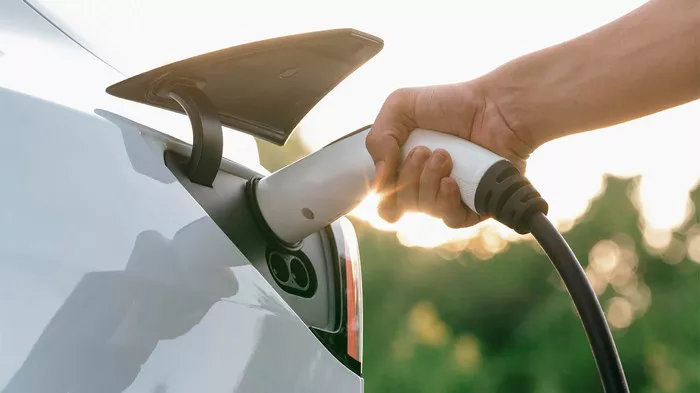BRISBANE, Australia, Nov. 10, 2024 — NOVONIX Limited (NASDAQ: NVX, ASX: NVX), a leading company in battery materials and technology, has entered into a binding offtake agreement with Stellantis (NYSE: STLA), a global leader in the automotive industry. The deal, which spans from 2026 to 2031, will see NOVONIX supply Stellantis’ North American cell manufacturing partners with high-performance synthetic graphite material, ranging from 86,250 to 115,000 tonnes over the six-year term. The supply will come from NOVONIX’s Riverside facility and an upcoming expansion site.
“We are thrilled to have Stellantis, now our largest customer, on board to support their North American electric vehicle growth strategy,” said Dr. Chris Burns, CEO of NOVONIX. “This agreement allocates the remaining available volumes at our Riverside facility and a portion of volumes from our planned new greenfield facility. Offtake agreements with trusted partners like Stellantis further cement NOVONIX’s leadership role in onshoring the synthetic graphite supply chain and accelerating the transition to clean energy.”
The Riverside facility, backed by a U.S. Department of Energy (DOE) grant of $100 million and a $103 million investment tax credit, is expected to begin commercial production in 2025, initially with a capacity of 20,000 tonnes per annum (tpa). The plant will ramp up to meet increasing demand for synthetic graphite in the battery sector. Additionally, NOVONIX plans to construct a new facility in the southeastern United States, with an initial capacity of 30,000 tpa, expandable to 75,000 tpa. The company aims to scale total production to 150,000 tpa to meet growing customer demand.
NOVONIX is also in discussions with the DOE Loan Program Office for financing through the Advanced Technology Vehicles Manufacturing Program to support the development of the new facility.
This strategic partnership with Stellantis underscores the shift toward localizing supply chains for critical battery materials in North America, marking a significant step toward enhancing the region’s electric vehicle infrastructure and reducing reliance on overseas sources.
Related topics:

